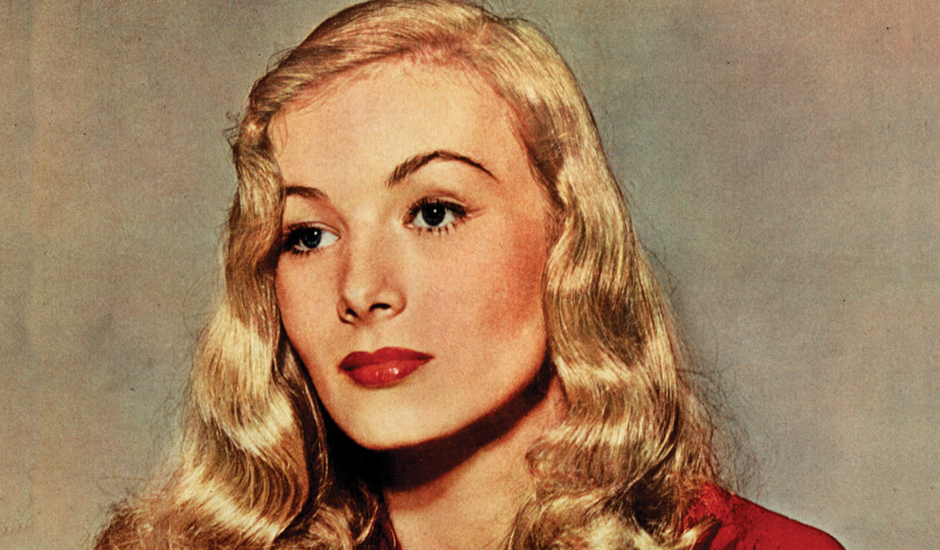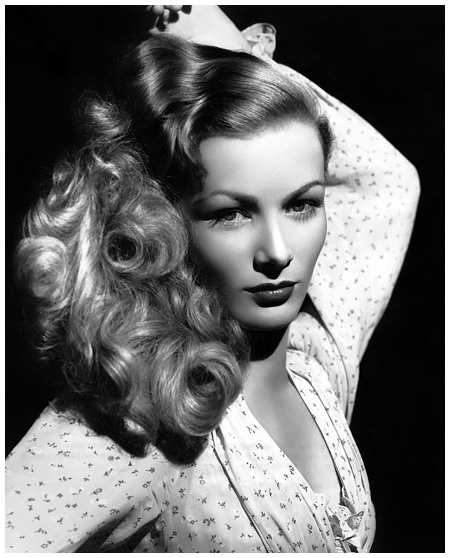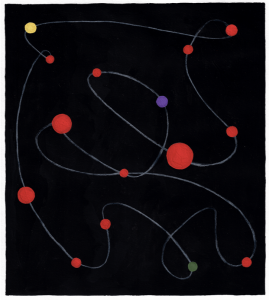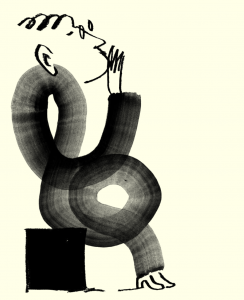Robert Hughes charts the rise and fall of celebrity culture, and remembers when carefully constructed studio control was what mattered

In the winter of 1974, as a windy mess of a late season storm was blowing through New York City, I arrived at the Time magazine building to deliver an assignment and was stopped in the hallway by my beloved managing editor, Henry Grunwald. He was a formidable editor, commanding a room with his Austrian accent, his brilliance worn on his sleeve. He stopped me in my tracks and steered me by elbow into the conference room toward a table surrounded by editors of various Time “properties”, as they are called, meaning other magazines owned by the parent company.
The conference table served as a giant bassinet for the newest baby, People Weekly. The prototype was conceptualised as an offshoot of the ‘People’ page from Time, for the purpose of giving stars an entire Milky Way of light and space instead of the cramped paragraph or two they were used to. “You don’t like it either?” he asked, adding, “It will never succeed because someday we’ll run out of celebrities.”The cover image for the launch issue had a photograph of the pale, fragile and freckled Mia Farrow, and the seductive cover lines promised the whole soup to nuts: family (all of them), the husband, the ex, the scandal, the career. As it happened, I’d sat next to Ms. Farrow at a dinner party some months earlier, where I spent a considerable amount of time being shown the thick envelope containing photos of her brood that she carried in her handbag. At the end of the evening, I was worn thin to the ground with the details of each adopted offspring, their background, their habits and her self-satisfaction in playing saviour to those she had given a life that was further, she was convinced, from any dream they could possibly have conceived of as Third World orphans… as I fast-forwarded back into the unfolding of this yet-to-be hatched plan of a magazine, I wondered who could possibly want to become a paid subscriber in order to discover these intimate details. The star AND the family – surely it was doomed from the start?
“I went down the assembly line. Dressed by Edith Head. Face by Wally Westmore.
Singing voice dubbed by Martha Mears…”
Henry is no longer alive and at times I wonder what he would have thought of the “look at me, listen to me, friend me, Twitter Twitter” generation and how they are reimagining the idea of privacy. The word now conjures up a very different meaning, one that could almost allude to being a “nobody” (quelle horreur!), anti-social, withholding, paranoid and other marketing un-friendly social disorders.
Today, in the words of President Obama, it is fashionable to be “transparent” (a word used almost as often as “hope”). You too can be celebrated by your own PR machine unlike the carefully constructed machines of the stars of the old Hollywood. As of January 2011, Goldman Sachs had invested $450 million in Facebook after it estimated the website boasts 600 million users eagerly posting their constructed lives in order to “share” details of their choosing and offer their own clarity into sculpted personas. Whether it’s business, home life, vacations, landmark occasions or post-mortems of binge drinking pub crawls, it’s all there and it’s all online.In the early days of Hollywood, the first step toward gaining the heart of an audience was a carefully constructed business plan closely partnered with ambition. To reach this illusive and lucrative position, it helped to have a guarded ego. In almost any celebrity interview, you will find that in their formative years they were awkward and shy, fat, spotty (pick your adjectives of dread) and had very few friends. So begins the process of the fame-seeker, who starts “manufacturing” or, as Freud would call it, developing the “ego-ideal” as a necessary part of constructing the machine. It creates the ideal of perfection that the ego strives to emulate, but at the same time, the celebrity system likes to pretend that ego is not involved: it is pure luck, the stars are aligned and the gods are at work – and given that the location of choice is Hollywood, there’s a dash of good genes, talented surgeons and an orthodontist involved too. Your fan base has to identify with you, and what better strategy for gaining empathy than by your soulful account of adolescent miseries, made up or otherwise?
“When the hair was over the eye, I became someone else…” – Veronica Lake
In 1943, Life magazine profiled Constance Ockelman of Brooklyn:
“It was easy to get used to having a name that wasn’t mine and had a better sound. The Veronica was supposed to stand for what was classic in my features and the Lake was supposed to suggest the coolness you got when you looked at them.
“So things got put together. I went down the assembly line. Dressed by Edith Head. Face by Wally Westmore. Singing voice dubbed by Martha Mears…
“When the hair was over the eye, I became someone else… I personally have no existence… My real life, the only one that other people believe in, is the life of the Veronica Lake character… Has she got any connection with me? … I’m small and suspicious and unsure, and she’s tall and poised and thoroughly experienced. The Army respects her, the Navy adores her, the Marines are nuts about her. No branch of the service recognises me.”
We know that Hollywood was not the first medium to tap into the idea of fame and fortune, which is an age-old quest. It was, however, this laboratory that perfected the formula, if only for a moment.
In The Star Machine, Jeanine Bassinger tells numerous anecdotes of the Hollywood studios and their efforts to perfect the star machine formula, creating and observing the reactions of the public and fine-tuning the product as needed. There was no perfect recipe for winning a fan base and sometimes, when real life spoiled the fantasy and the tabloids blasted an idol’s behaviour with sordid stories of messy divorces, illegitimate children, adultery, murder, or – even worse – the ageing process, the stars would become caricatures of their former fictional selves.
A more recent example of this adaptive formula is the modern-day caricature Thierry Guetta, who takes the form of a self-professed documentary filmmaker-turned-artist in the 2010 film Exit Through the Gift Shop, made by the elusive documentary filmmaker-turned-artist Banksy. Guetta encompasses all that is wrong with the art world, smoke and mirrors, unrestrained blind ambition. In short, he is a Frenchman in desperate need of Adderall. The deconstruction of Guetta and his meaningless street art with the mountains of accumulated film in the name of archiving creates a film tutorial of what should be titled “Art for Dummies”. What will Guetta do for an encore without the endorsement of Banksy and a house to mortgage for collateral on a warehouse art show? It is a market created, but is it sustainable? I think not.

“We know that Hollywood was not the first medium to tap into the idea of fame and fortune… It was, however, this laboratory that perfected the formula, if only for a moment”
Where there is ambition, there is a world of Guettas: fresh faces waiting to steal your heart and purse strings, and bombard you with Twitter posts, all of this strategically packaged to borrow your attention and smartphone minutes for as long as you’ll give them away. In the end, the bumper sticker my wife stuck to the back of my 1992 Dodge Ram speaks volumes: “Everything that’s popular is boring.”
Doris Downes
Robert Hughes was an Australian-born art critic, writer and documentary maker, and a former art critic for TIME magazine. This feature was originally published in Port issue one




